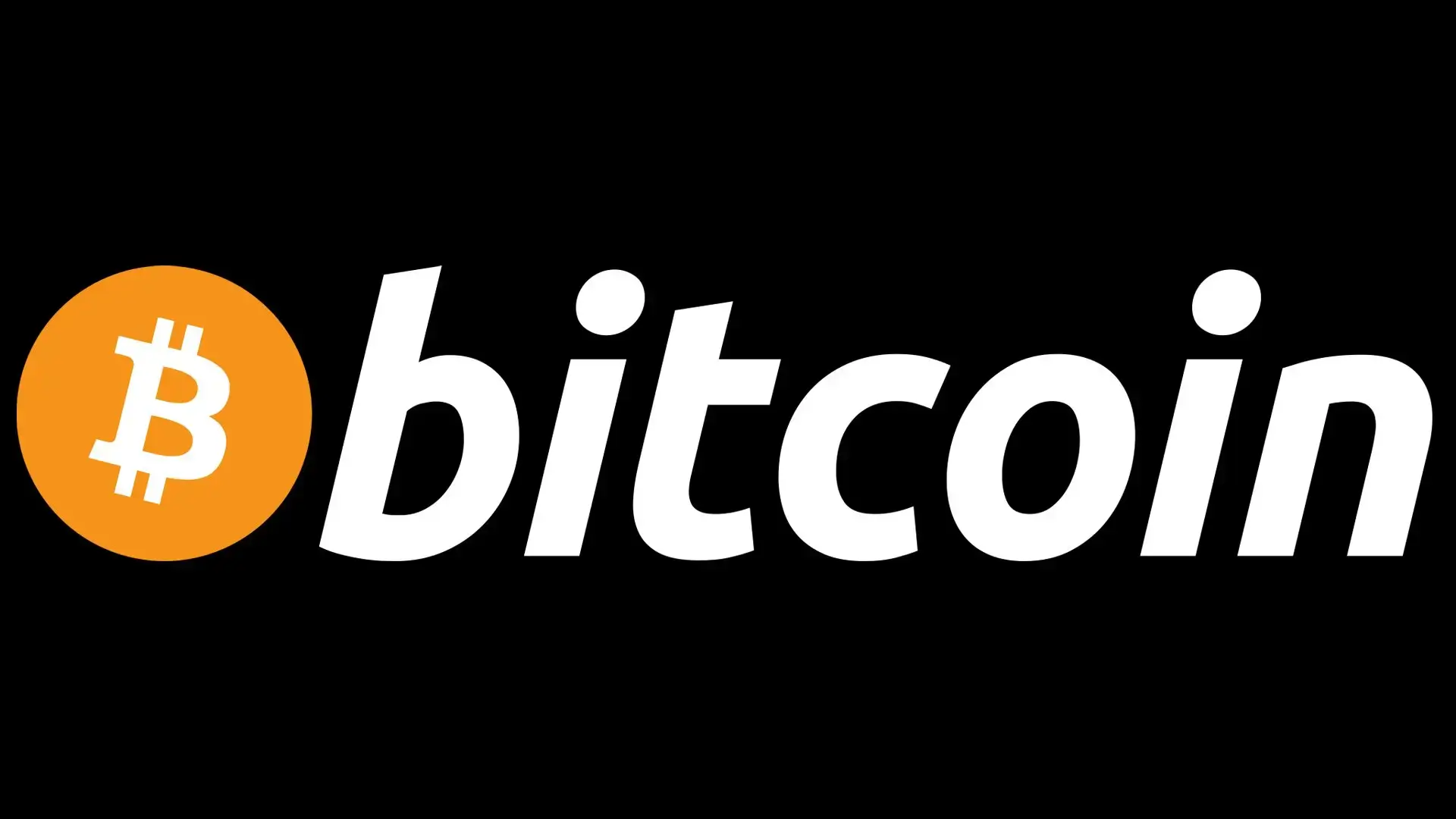Stablecoins have been rising in popularity recently. These cryptocurrencies have their value pegged to another stable asset such as gold or the U.S dollar. The benefit of this is the ability to use the coin for practical use such as everyday purchases.
An Answer to Volatility for Stablecoins
Cryptocurrencies such as Ethereum (ETH) or Bitcoin (BTC) experience high levels of volatility on any given day. Thus, it’s common to see bitcoin price fluctuations in price ranging between 5-15% up or down in a day. As a result, using cryptocurrency for day to day transactions is inconvenient. Imagine spending $4 on your coffee only to find out the next day that it actually cost you $16. For a consumer, these price changes are unacceptable. Thus, stablecoins aim to solve this issue. Could the adoption of stablecoins be the catalyst for the new crypto slowly becoming mainstream?
For a cryptocurrency to be completely optimal, it must have these four traits:
- Stability
- Decentralization
- Privacy
- Scalability
Of course, there are many other additional traits that assist in the greater adoption of cryptocurrencies. For stablecoins in particular, some of these are:
- Easy integration points
- Ability to work with a cryptocurrency exchange
- Simplicity
- Elegance of concept
Regardless of these, stability is key. Short term stability is important for currencies that people use for regular transactions. As a store of value or for holding, long-term stability will suffice.
As a result, there are several different projects currently under development as a solution to this problem. Each of these projects has its own unique pros and cons. Let’s take a closer look at some of the popular stablecoins on the market.
USD Tether (USDT)
USDTether is fully backed by fiat currency. A set amount of USD assets Tether owns is kept in a reserve account. So long as all USDT coins in circulation are less than or equal to all of the FIAT in the reserve account, the currency will stay at $1.
Advantages: One of the closest options available for a like-for-like swap from fiat currency to cryptocurrency. Also well established with good integration.
Disadvantages: USDT is centralized. This means it’s also not trust less. USDT is known to refuse audit requests.
MakerDao’s Dai (DAI) Stablecoin
Maker is an autonomous organization with a cryptocurrency that has the value of the US Dollar; all while being completely backed by ETH. The stablecoin they use is DAI, with each coin being worth $1 USD. Dai maintains it’s stability via an autonomous system of smart contracts. In order to receive DAI, you must send your tokens to the MakerDao platform in order to lock them up
Advantages: One of the first cryptocurrencies to be backed by ETH. As it’s on the blockchain, it’s 100% transparent, contrary to USD Tether.
Disadvantages: A Highly complex system that also operates somewhat slowly when compared to others.
I'm a merchant, I'd rather accept a stablecoin than Eth/Btc because I don't want to add speculative currency risk to my operation
I'm a customer, I'd rather pay w/ a stablecoin than Eth/Btc because I don't want to add overpayment risk to my spend
Retail won't come w/o stability
— RYAN SΞAN ADAMS – rsa.eth 🦇🔊 (@RyanSAdams) February 18, 2019
Havven
This cryptocurrency uses a structure that provides stability by creating a system that backs itself with 2 separate coins. The first coin, Nomins, is the stablecoin that people will use for day to day transactions. All tokens that are sitting in the reserve are Havvens. Each transaction done using Nomins will require a fee. These fees are sent back to the Havven company. Once Havven has the fees, they start sending them out to Havven token holders.
Advantages: Havven is fully decentralized and operates very quickly. In addition to this, the team behind Havven have business as a main focus
Disadvantages: This coin is very new. As a result, it’s unproven. With coins like these with less history, you might want something slightly more centralized.
Basecoin
Last but not least, we have Basecoin. Basecoin also locks their valuation to $1 USD. Though, the approach they use to achieve this uses a consensus method to contract and expand the total supply of the coin. When coins begin trading for less than a dollar; the supply amount contracts by allowing existing coin holders to buy bonds. If a person buys a bond using Basecoin, that specific Basecoin will self destruct. Thus, the supply decreases and the price increases. The same will happen in reverse to expand the supply.
Advantages: The coin has backing by prominent funds and is under development by Ivy League developers.
Disadvantages: The use of this coin requires faith in the protocol as well as the whole base bonds process.
Learn More About Libra Coin From FaceBook (Now META)
Conclusion
The instability of cryptocurrency prices is the one thing that hinders it from mainstream adoption. Users need stable prices so they can confidently make daily transactions. You will not have to time your purchase perfectly anymore once stablecoins become more popular.
Traders don’t mind volatility. If anything, volatility is a good thing for traders. But if you just want to use cryptocurrency for everyday use such as buying things or even selling things, then price instability is no good for you. If you were selling an item for $400 worth of bitcoin, and the price goes down by 20% in the 2 hours you made that purchase, you’ll be pretty furious.
I believe that all of the ambitious projects working on the development of stable coins are great. They bring us one step closer to a world where cryptocurrency can buy anything you need on a daily basis.
What do you think about stablecoins? Do you use any? If so, which ones? Let us know your thoughts in the comments below!







